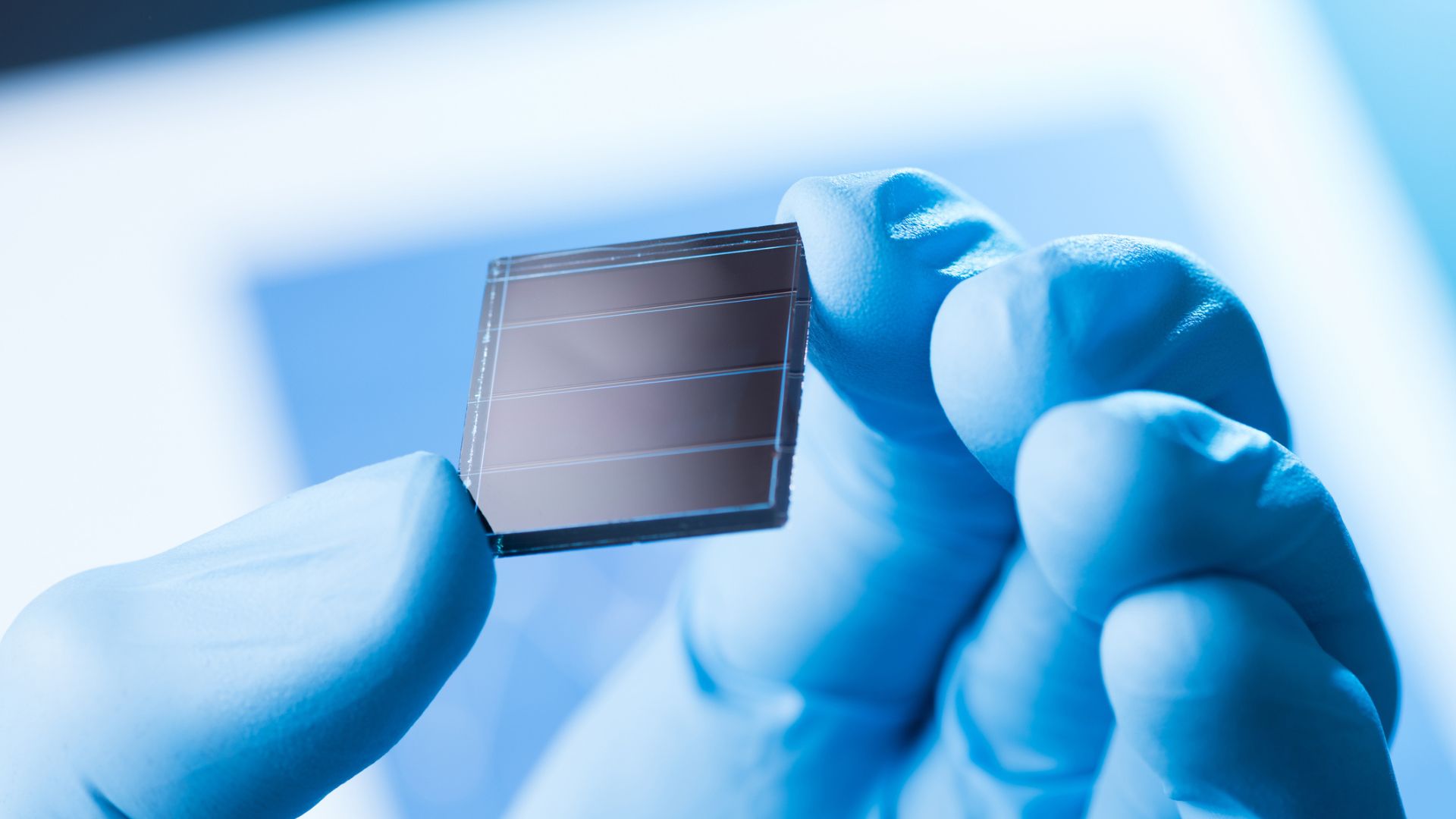
Researchers have attained significant efficiency improvements in silicon solar cells through meticulously crafted surface engineering. Innovative single-layer silicon metasurface-based anti-reflective coatings enhance these solar cells by suppressing reflections across wavelengths ranging from 500 to 1200 nm at incident angles up to 60 degrees.
Researchers have highlighted that the conventional few-layer dielectric antireflective coatings may significantly boost the transmission of solar light, but only in a narrow wavelength range.
Anti-reflective coatings have the potential to boost the generated photocurrent.
The most recent study was conducted when nearly half of the solar energy The light that hits a silicon solar cell is often lost because of reflections at the silicon-air boundary. However, using antireflective coatings can reduce these reflections and boost the amount of electric current generated from absorbed photons.
The research conducted by SPIE—the International Society for Optics and Photonics—introduces a novel kind of antireflective coating. This innovative design employs just one extremely thin layer made up of polycrystalline silicon nanostructures, also referred to as a metasurface.
The metasurface reportedly achieved low reflectivity at specific wavelengths and angles through the integration of both forward and inverse design methods, with AI playing an enhancing role.
Featured in Advanced Photonics Nexus, the study shows that the average reflection across the visible and near-infrared spectrums reaches an unprecedented low of about 2% for normal incidence and around 4.4% when measured at oblique angles.
“The obtained results demonstrate the potential of machine learning–enhanced photonic nanostructures to outperform the classical antireflective coatings,” said researchers.
The coating remains effective even when the sunlight strikes at sharp angles.
They disclosed that the coating functions throughout the visible and near-infrared range (from 500 to 1200 nanometers), maintaining effectiveness even when exposed to sunlight coming from sharp angles. The coating manages to reflect only around 2 percent of incoming light when hit directly and approximately 4.4 percent under oblique incidence—an exceptional achievement for such a simple structure.
This advancement demonstrates that incorporating an intelligently engineered nanostructural layer can enhance the effectiveness of standard solar panels. Given its superior performance and relative simplicity, this innovation has the potential to make solar panels even more efficient, possibly accelerating the shift towards cleaner energy sources, as stated in the report. press release.
Approach enhances metasurfaces’ designing
Researches further emphasized that aside from solar energy applications, this method also enhances the way scientists develop metasurfaces for optics and photonics. This breakthrough paves the way for versatile photonic coatings which could enhance various technologies including not only solar power but also sensors and other optical equipment.
They emphasized that the suggested metasurface-based approaches show significant effectiveness in reducing reflections using ARCs on glass and various low-index substrates.
The research shows that forward design can yield highly encouraging outcomes provided that suitable geometric parameters are selected. In contrast, with the inverse design method, you aren’t locked into a specific geometry upfront; instead, you can remain fairly certain that the outcome will likely be near the best possible solution.
We have successfully acquired both forward-designed crossover and free-form inverse-designed structures, which exhibit the highest reported anti-reflection characteristics for single-layer designs, said researchers in the study.
0 Response to "Ultra-high efficiency achieved in silicon solar panels with new, smart nanostructural layer"
Post a Comment